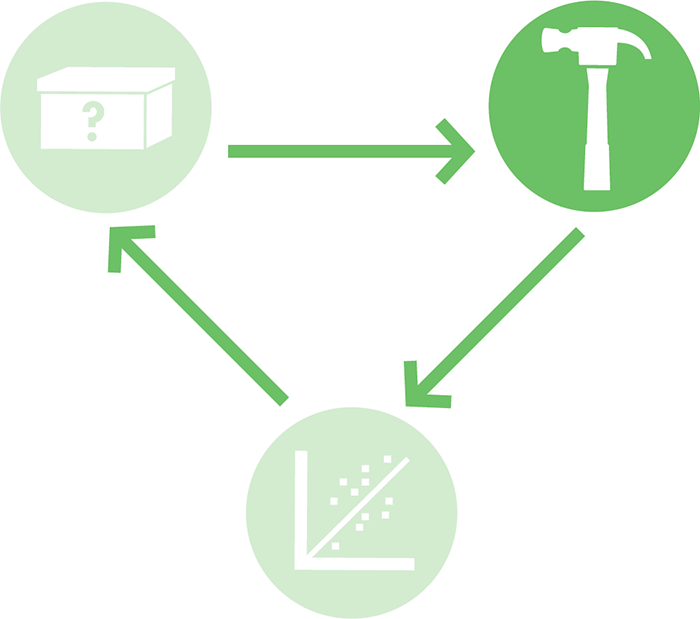Chapter 10. Golden Bread

BioBuilder’s Golden Bread activity emphasizes the “build” phase of the design-build-test cycle. You will work with a strain of baker’s yeast that has been modified with genes from another fungus to produce β-carotene, a nutrient we naturally obtain from eating foods such as carrots, sweet potatoes, and broccoli. In the body, β-carotene is converted to vitamin A, which is crucial for vision, the immune system, and other biological functions. In some developing countries that struggle with malnutrition, vitamin A deficiency is a critical public-health issue. Researchers hope that an engineered strain of baker’s yeast designed to generate β-carotene, like the one you will investigate in this activity, could be used in bread to treat vitamin A deficiency. Such bread might appear a golden color from the added vitamin, hence the name, “golden bread.”
For any new food or drug to become widely available for use, manufacturers must show that they can reliably produce the material. It can’t vary dramatically between batches. It must be consistently effective. In fact, reliability is crucial for nearly all engineering endeavors. If you think about your favorite engineered object, whether it’s your car, your cell phone, or your refrigerator, the fact that it behaves reliably is probably part of what makes it a favorite. People hate when their car won’t start, when ...
Get BioBuilder now with the O’Reilly learning platform.
O’Reilly members experience books, live events, courses curated by job role, and more from O’Reilly and nearly 200 top publishers.

